Zandbergkerk
Breda, NL
Built as a Reformed church with the name Zandbergkerk. Characteristic Reformed church building of Plooij, without tower, but with roof turret at the crossing.
Here you can search for a building to visit. You can use the map find destinations, or you can use the filters to search for a building based upon what different criteria.
Breda, NL
Built as a Reformed church with the name Zandbergkerk. Characteristic Reformed church building of Plooij, without tower, but with roof turret at the crossing.
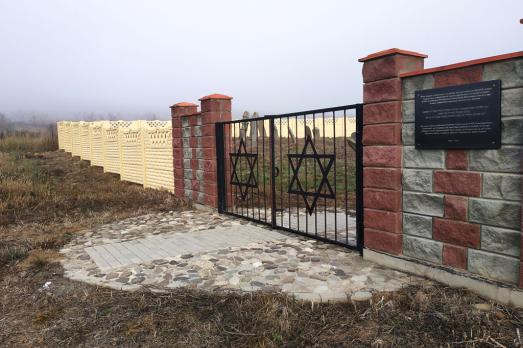
Zapson’, UA
The exact period of the cemetery’s establishment is unknown, but it can be assumed that it emerged in the 19th century. It first appears on cadastral maps of 1865. The fence was installed by ESJF in June 2016.
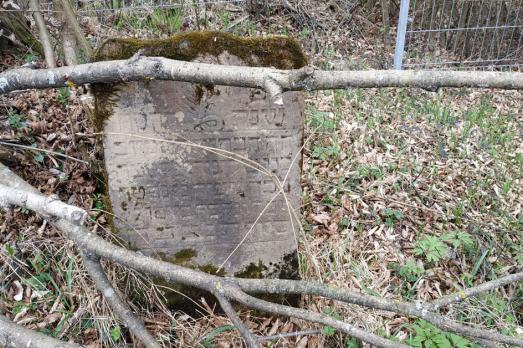
Zarichevo, UA
Presumably, the Jewish cemetery in Zarichevo was established in the 19th century. According to epigraphic data, it already existed in 1852. The cemetery was used presumably until WWII, although the most recent preserved gravestone dates to 1936.
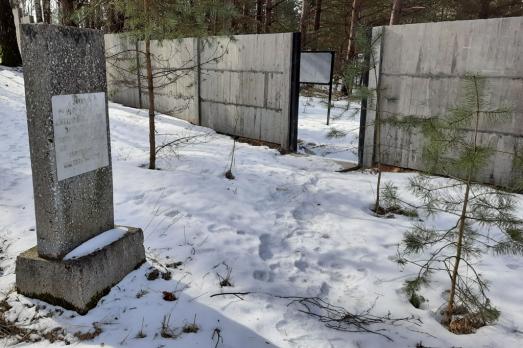
Zaverezhye, BY
The cemetery was founded in the middle of the 19th century, shortly after the appearance of the community, and operated until WWII. On September 12, 1941, 97 Jews were shot in Zaviarezha, and the village was burned to the ground. Tombstones from the 19th and 20th centuries have been preserved. There is a reburial site of Holocaust victims on the cemetery territory. In the 1970s-80s, a monument was erected.

Vilnius, LT
Zavl's Kloyz in Vilnius is a nineteenth-century Ashkenazi synagogue, whose architect was Aleksei Polozov. This brick synagogue in historicist style is currently under reconstruction.
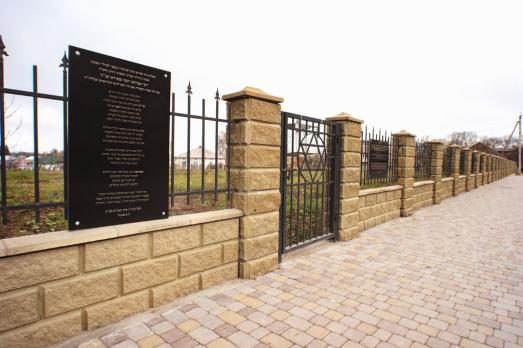
Zbarazh, UA
The exact period of the cemetery’s establishment is unknown. The earliest preserved gravestone relates to the early 20th century so it can be assumed that the cemetery emerged during that period. First, it appears on Wojskowy Instytut Geograficzny (WIG) maps of 1939.
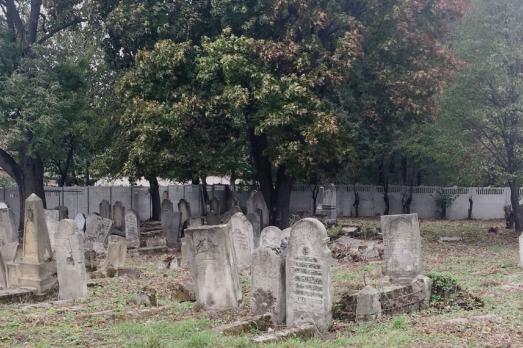
Zdolbuniv, RS
The exact period of the cemetery’s establishment is unknown. The oldest preserved matsevah among existing gravestones relates to the early 20th century so it can be assumed that the cemetery emerged during that period. It appeares on an old Polish topographic map. The cemetery was fenced by ESJF in September 2015.
Oudeschild, NL
This church is one of the three churches of the Protestant Wadden Sea Community of Texel, namely: the Seamen's Church in Oudeschild, the Great Church in Oosterend and the Wadden Church in De Cocksdorp.
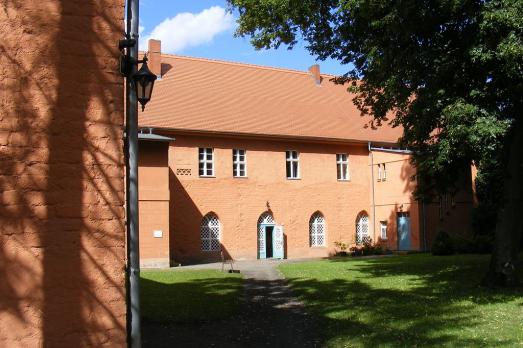
Zehdenick, DE
Zehdenick Monastery was a convent for Cistercian nuns founded around 1250. After almost 300 years, it was converted into a Protestant convent in 1541. The buildings were destroyed in the Thirty Years' War, except for some vestiges. The preserved buildings today house church and cultural institutions.
Ermelo, NL
Interesting church without tower. Nickname "Witteveenkerkje". Built as neo-Gothic hall church. Renovated in 1934, including a new front facade, in expressionist forms. Extension 1980.

new
The Chassidic Route is a cultural and historical trail tracing the rich legacy of Jewish communities in southeastern Poland and western Ukraine. This region was central to the rise of Chassidism in the 18th century. Here, we highlight 10 remarkable synagogues you’ll discover along this route.

he cradle of the Industrial Revolution in Germany, Chemnitz, is well-known for its industrial heritage landscape, but the city is also home to remarkable examples of religious architecture from different historical periods. Join us as we explore the key landmarks of this European Capital of Culture 2025.

The twin towns of Nova Gorica (Slovenia) and Gorizia (Italy), lying on the border between the two countries, have a rich religious heritage, steeped in centuries of tradition. If you are looking for ideas for your visit, take note of these 10 religious sites that you should not miss.